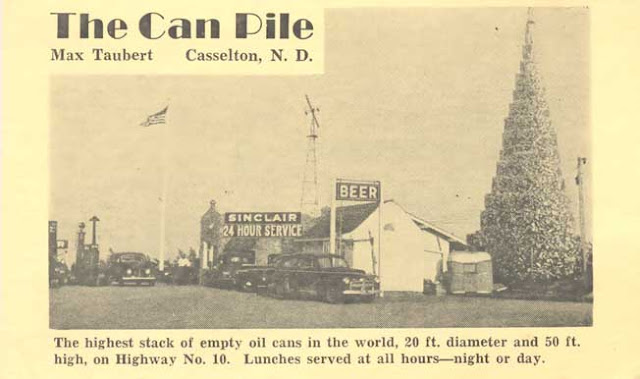The English Village, known as "Merrie England," at the 1934 Century of Progress Exposition in Chicago was one of the "villages" that were added for the second year of the Fair. There were recreations of villages from foreign lands and past times, which also included Streets of Paris, Belgian Village, Italian Village, Spanish Village, Swiss Village, Colonial Village, Black Forest Village, Irtish Village, and Tunisian Village. The postcard above has a drawing of an aerial view of the English Village. The facade or outside wall of the village had recreations of castle architecture, while inside there were various types of historical buildings. The back of this postcard has the printed description shown below:
Other buildings inside Merrie England that were mentioned in the
Official Guide Book of the Fair included Harvard home, Robert Burns's cottage and John Knox home from Scotland, and The Olde Curiosity Shop from Charles Dickens' novel. Careful studies of original buildings were made in England and
Scotland, and plaster casts of exteriors were used for exact reproductions
of their appearance.
Western Photogravure Co. of Chicago published many black and white postcards with views of Merrie England. Some of them are show below.
North Gate - Allington Castle
Hampton Court Palace Gate
Norman Gateway
Morris Dancers - Village Green
Shakespeare's Old Globe Theater
Leycester Court
Interior, Ye Olde Cheshire Cheese
For More Vintage Images

































